
G.N. Devy: Mahabharata: The Epic And The Nation. Aleph, New Delhi, 2022, pp.142, Rs.499.
It is a testimony to the firm foundations upon which the Mahabharata (MB) rests in India that the traumatic Covid pandemic, which generated so many new phenomena, led Professor G.N. Devy to ruminate on the significance of Vyasa’s mahakavya for the country. His proposition: while the myths we live by lie in the Ramayana and the MB, the West draws upon religious texts, not epics. He asks, why has the caste-split land yet to become anation, “a substantially homogeneous people, despite its exposure to the epic for thousands of years?”
Devy covers an extensive expanse from genetics (David Reich’s Who We are and How We Got Here) to linguistics (David Anthony’s The Horse, The Wheel, and Language, Maheswar Neog’s Essays on Assamese Literatures) to literary theory. For him, Indo-Iranians entered the subcontinent with the horse-and-chariot and mingled with Out-of-Africa southerners to produce the MB culture, shifting from pastoral to agrarian, urban and feudal society. MB combined the mythic and historical pasts as a history marked by “assimilation, synthesis, combination, acceptance and moving forward without exclusions (p.72).” Its great success lies in “making alive two powerful symbols, the wheel and the horse…for future generations.” (p.93). “Its mesmerising appeal is its ability to use history to enliven myth…a veritable mine of ideals of courage, moral truth and liberation.”
Devy’s dissertation rises to several peaks. He is one of the few who realise that the MB was a watershed in socio-political thought. Wandering rhapsodes (sutas) brought to the general public, including the depressed classes and women, scriptural ideas, mystic insights and philosophical ruminations that had been the privilege of priesthood and royalty so that “It became the non-Brahmin’s book of religion (p.106).” To Devy the MB embodies our civilization’s “great negative capability” (p.109), comfortable with multiple beginnings, no definite end, many diverse strands of life and thought, no rigidity of caste structure. We meet bloody Brahmins (Parashurama, Drona, Kripa, Ashvatthama); Kshatriya Vishvamitra becomes a Brahmin, creates new celestial bodies, has Vasishtha’s son killed by turning a raja into a rakshasa, even steals a dog’s haunch from an untouchable for food. None of the protagonists are true-blooded Kshatriyas. After Parashurama’s massacres of Kshatriyas, the class was regenerated by Kshatriya women approaching Brahmins. The Lunar Dynasty itself progresses through Raja Yayati’s sons by Brahmin Devayani and Asura Sharmishtha. Vyasa, born of sage Parashara forcing himself on a fisher-girl, engenders Dhritarashtra and Pandu. The Pandavas’ fathers are unknown, as Duryodhana scoffs publicly. Therefore, Arjuna’s quandary over engaging in a war leading to miscegenation is entirely questionable and ought not to need elaborate philosophical discourse to be dispelled. Devy feels this concern was inserted later because the story brings together tribes, cultivators, herdsmen, “descendants of the society that had created Sindhu culture…a new language, better methods of warfare, and a different pastoral culture.” He refers to the Andhra “Vyasa community that has preserved its genetic identity through strict endogamy over the last 3000 years” as an example of the obsession with avoiding caste-intermixing. His claim about the Gita being “seamlessly woven into the epic-text” is questionable because at its end the Bhishma Parva continues seamlessly from where the text was interrupted by the Gita.
The MB did not avoid contemporary philosophical debates as Devy claims (p.78). Gleaning is explicitly extolled over Vedic yajna, a righteous meat-seller and a housewife over an ascetic Brahmin. Character, not birth, makes a Brahmin. Preservation of life and social order is preferred to blind adherence to truth. The eight-fold path of moderation is voiced and there are references to Jains and Charvakas too. Yudhishthira’s grand horse-sacrifice is shamed by a mongoose who glorifies a gleaner’s gift instead. To cap it all, in a supreme tour-de-force, Yudhishthira himself reviles the gods as well as Dharma itself in the final book.
A peak insight of Devy’s is that Kunti is an unparalleled heroine in the literary world. Kunti, her abandoned son Karna and her nephew Krishna occupy the heart of the story. She ushers Vedic gods into the Mbh (p.60). However, Devy overlooks how it is Kunti’s Yadava blood that rules after the Kurukshetra War, not the Kuru dynasty. Parikshit, grandson of Arjuna and his maternal Yadava cousin Subhadra, rules in the Kuru capital Hastinapura, not the elder Yudhishthira’s son Yaudheya or Bhima’s Sarvaga. Vajra, Krishna’s great-grandson, rules in Indraprastha of the Pandavas. Satyaki’s grandson Yugandhara rules near the Sarasvati and Kritavarma’s son in Martikavat, both Yadavas. So, was Krishna’s game-plan to replace Kuru by Yadava hegemony?
Devy points out that Arjuna alone, Rama-like, strings the Kindhura bow Shiva gave Drupada (vide the Southern recension). As Brihannada he parallels Shiva’s Ardhanarishvara (male-female) form as well as his dancer role. Not only does he become a eunuch, but he also hides behind trans-gender Shikhandi to kill Bhishma. Arjuna sees the trident-wielder preceding his arrows and felling the targets in Kurukshetra. Actually, Shiva’s presence is heralded early when Indra insults Shiva and Parvati playing dice and is condemned to take human birth along with four previous Indras.
Devy provides an important insight: the two towering figures on either side, Bhishma and Krishna, both 8th sons, do not fight for themselves but for the Dhartarashtras and the Pandavas respectively. Further, blessings, curses and supernatural interventions are used as devices (deus ex machina) to move the plot along. Even demons intervene to dissuade Duryodhana from committing suicide. Vyasa himself intervenes often in person to change the course of events.
Devy does sink into some troughs though. Ganesha snapping off a tusk to transcribe Vyasa’s dictation is not in the MB (p.10), nor is Gandhari making Duryodhana’s body invulnerable (p.68). What the MB does have is Shiva making Duryodhana’s torso adamantine and Parvati making his lower part lovely and delicate as flowers. Satyavati’s son by Shantanu was Chitrangad, not Chitravirya. Kunti is not chosen to wed Pandu but chooses him (p.59) and is not born because of any blessing (p.71). Jayadratha did not expose himself to Draupadi in the dice-game-hall (fn p.70); that was Duryodhana. Bhrigus are not Kshatriyas but Brahmins (p.61). Nowhere does the MB state that Varuna as Vayu became Bhima (p.60). How is Saranyu equated with Cerberus the three-headed dog guarding hell (p.35)? Saranyu is not the dark, as Devy writes in one place, but the dawn as he correctly states elsewhere. It is not that no attempts have been made to collect regional translations for comparison (p.21). In 1967 M.V. Subramanian ICS documented variations from Vyasa in the South Indian languages plus Bhasa, Bhatta Narayana, Magha and Bharavi. The IGNCAshould now cover all regional languages. The 11 pages long genealogy at the end fails to engender a sense of “a seamless combination of myth and history” as claimed.
Devy overlooks the remarkable motif of the Yadavas, descendants of the disinherited eldest son Yadu, ultimately regaining dominion. Nahusha’s eldest son Yati turns sanyasi, so the younger Yayati inherits Khandavaprastha. He disinherits four elder sons (Yadu etc.) in favour of the youngest Puru. In Hastinapura, Pratipa’s eldest son Devapi is disinherited because of a skin ailment.The younger Shantanu is enthroned. He bypasses his eldest son Bhishma for the younger stepbrothers. The elder Dhritarashtra being blind loses the throne to his step-brother Pandu. Yudhishthira, the eldest, is tricked into exile by his younger cousin Duryodhana who rules. Another key feature missed is the theme of parricide and fratricide is—a reason for the narrative’s continuing appeal through the ages.
Devy accepts Abhinavagupta’s assertion that the MB’s prevailing emotion is “shanta, empathetic detachment”. In World of Wonders (2022) Hiltebeitel argued convincingly that it is an epic of wonder, adbhuta being the rasa mentioned most frequently. Devy’s identification of Yama with Dharma is questionable. Kunti does not summon Yama for a son, as he claims (p.51), but Dharma as Pandu wants his first son to be beyond reproach. All of Yudhishthira’s interactions are with Dharma, not Yama. It is Dharma whom Animandavya curses to be born as a Shudra (Vidura). Yama as god of death first appears in section 199 of the Adi Parva as the butcher-priest in a yajna of the gods, because of which humans do not die. Only in section 9 is Dharma called the god of death who resurrects Ruru’s snake-bitten wife Pramadvara, raising the speculation that he got identified with Yama.
Devy misses the backdrop of the divine plan (as in the Trojan War) to rescue earth from proliferating demonic rulers. Gods take human birth to engineer a massively destructive war whereafter they merge into their original selves. There is no cycle of rebirth here, which distinguishes the MB from religious texts.The MB articulates the concept of four “yugas” (like the Hellenistic four ages) of which Vyasa calls Kali the best when bhakti fetches swift salvation, without the intensive ascesis and elaborate sacrificial rituals of earlier eras. Devy proposes that the MB war keeps the kala-chakra, wheel of time, in perpetual motion. It is not a war to preserve ritualistic dharma. Balarama’s strange aloofness from the fratricide at Kurukshetra and Prabhasa, despite being the avatar of Shesha and a white hair of Vishnu’s, goes unnoticed.
With the expanse and depth of Devy’s reading, not mentioning Sukthankar’s profound insights in On the Meaning of the Mahabharata is strange. Further, as Devy pinpoints Yudhishthira and Yama as the composition’s main focus, the omission of Buddhadeb Bose’s masterly portrayal of Yudhishthira as the true hero in The Book of Yudhishthira is puzzling.
Devy concludes that the MB “unites us as a nation through a similarly perceived past, not through a similarly perceived collective self…not in any imagined territorial national space…(but) in Time…the never-stopping kala chakra…a great spirit of acceptance of all that is.” Vishnu’s couch, the infinite coils of Shesha, and Krishna’s discus, both symbolise Cosmic Time and its endless revolutions.
The appeal of the MB, however, is not limited to India. Even when shells and bombs were exploding in the streets during the siege of Leningrad in 1941, Vladimir Kalyanov was translating the MB into Russian in the Academy of Sciences on the Neva River embankment by the dim light of wick lamps, with no light, no fuel and no bread in the city. Nehru admired that nothing interrupted the work even during the hardest of times.
[This was published in a slightly altered form in The Book Review issue of October 2023, pages 21 to 23
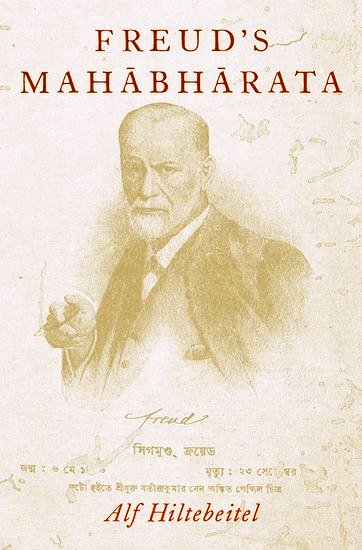
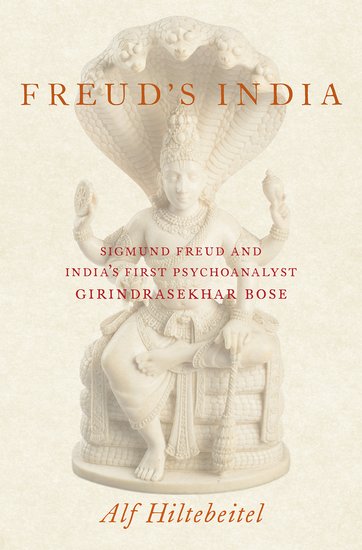
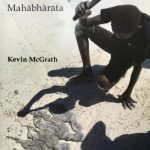
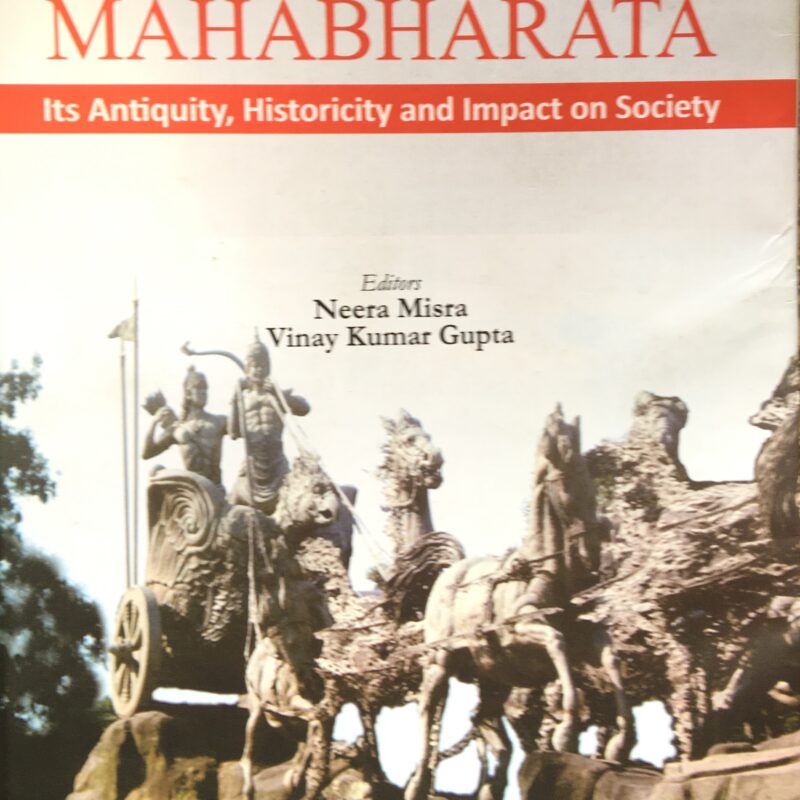
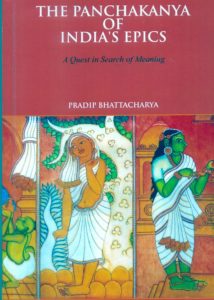
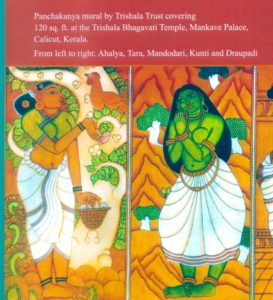
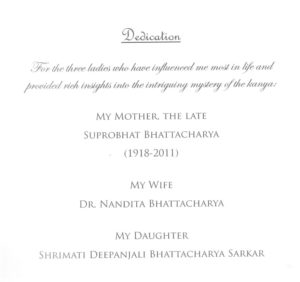
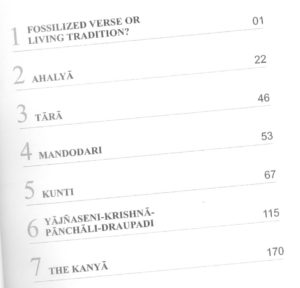
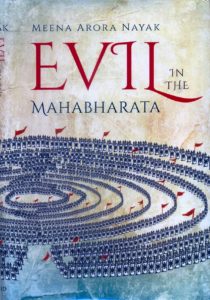 Meena Arora Nayak: Evil in the Mahabharata, Oxford University Press, 2018, pp. 355, Rs. 650/-
Meena Arora Nayak: Evil in the Mahabharata, Oxford University Press, 2018, pp. 355, Rs. 650/-